As the chill of winter fades and spring fully embraces our landscapes, May presents an exciting time for gardeners in USDA Zone 5 to plan and plant a variety of plants perfect for cooler conditions. This zone, characterized by moderate temperatures—ranging from the mid-60s to low-70s during the day and mid-40s to low-50s at night—invites an array of flowers, vegetables, fruits, and herbs ideal for early summer blooms and harvests.
In this extended guide, we’ll delve deeper into each category, providing invaluable insights and tips to ensure your gardening success in May.
Cool Weather Vegetables To Plant
Cooler temperatures often enhance the flavors of vegetables, making them taste even better. Here’s a comprehensive look at ten excellent choices for planting in May, along with detailed planting instructions:
Lettuce
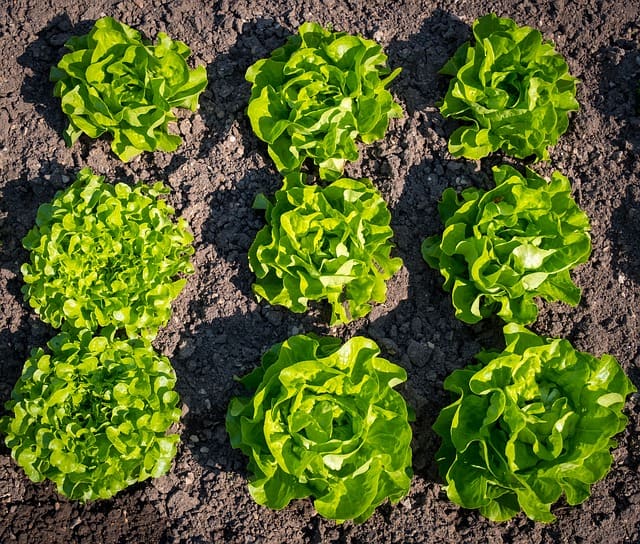
Lettuce is a delightfully versatile, fast-growing vegetable well-suited for cooler temperatures. When planting in May, you can opt for both seeds and transplants, allowing for staggered harvests. For the best flavor, plant in soil with a pH of 6.0 to 7.0 and ensure high moisture levels to prevent bitterness. Consider varieties such as ‘Butterhead,’ which can thrive in these conditions while providing lush, tender leaves. Rows should be spaced 12-18 inches apart, and you can harvest individual leaves as soon as they reach 3-4 inches tall, enjoying continual growth throughout the season.
Spinach
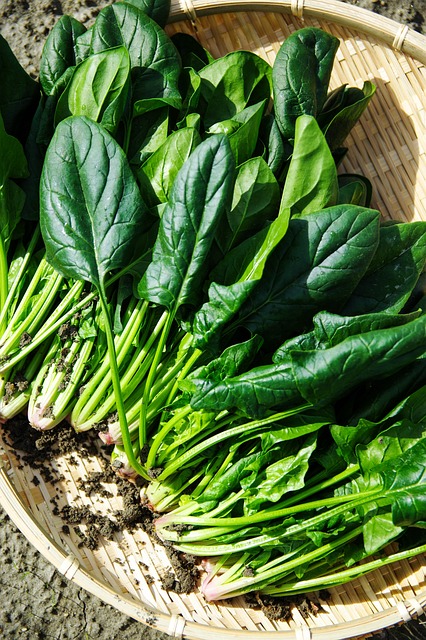
Spinach is another hardy green that flourishes in cooler weather. Ideal for planting in early to mid-May, it grows best in moist, rich soil with ample organic matter. Sow seeds directly into the ground about ½ inch deep and provide 1-inch spacing within rows. Consider using a row cover to minimize pests and pests and encourage faster germination, which typically takes 5-14 days. You can begin harvesting leaves as soon as they’re large enough, allowing for cut-and-come-again harvesting to extend your supply throughout the spring and into the early summer.
Peas
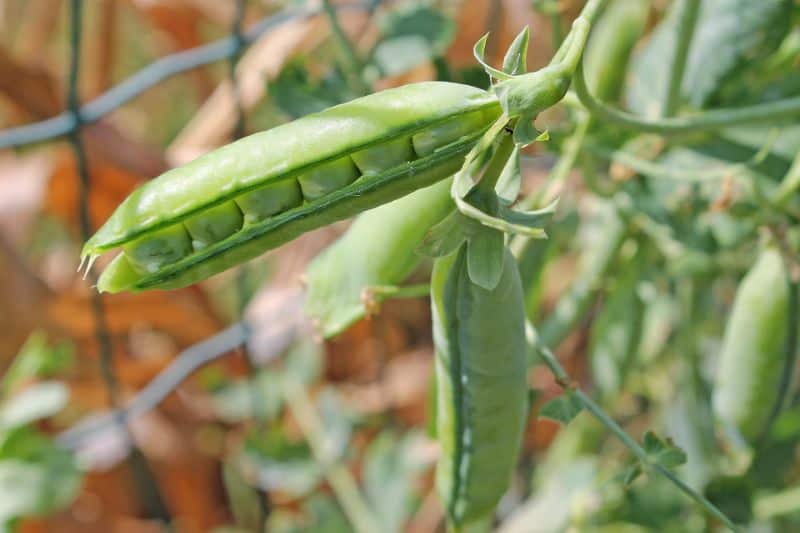
Peas are a perfect choice for early spring planting due to their cool tolerance. In May, direct seed peas into well-drained soil that has warmed to at least 45°F, planting them about 1 inch deep with 2 inches of spacing between seeds. Peas thrive when supported with trellises or cages as they are climbing plants. Regular watering is essential to ensure consistent moisture, particularly when flowers develop, as it directly impacts pod production. Harvest them while the pods are still tender, usually around 60 days post-planting, for peak flavor.
Kale
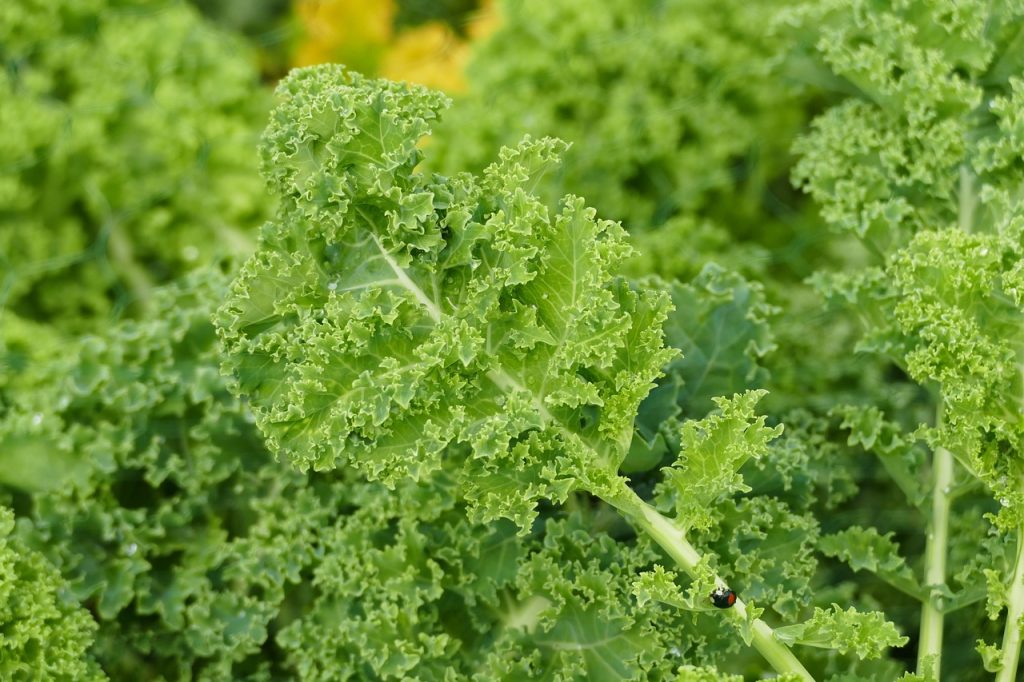
Kale is a fantastic source of nutrients and is extremely hardy. Ideal planting times extend from late March through early May; planting in May is particularly advantageous as it allows for robust growth throughout cooler months. Sow seeds directly ¼ to ½ inch deep, at a rate of 12–18 inches apart. Kale can withstand light frost, and the flavor improves significantly after cold stress. Regular harvesting can stimulate new leaf production, leading to an ongoing supply of tender greens throughout the summer.
Radishes
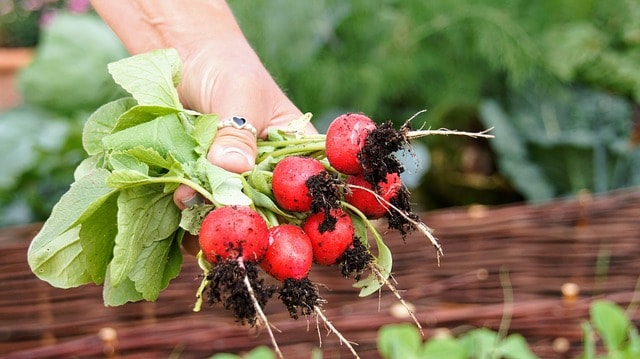
Radishes are one of the fastest-maturing vegetables, making them ideal for quick plantings. Direct sow radish seeds in May about ½ inch deep in well-drained soil, spacing them roughly 1 inch apart. Keep the soil consistently moist to reduce the risk of splitting; you can thin seedlings to allow for healthy growth as they mature. Most varieties, such as ‘Cherry Belle’ or ‘French Breakfast,’ can be harvested in as little as three weeks, providing a quick turnaround for eager gardeners.
Broccoli
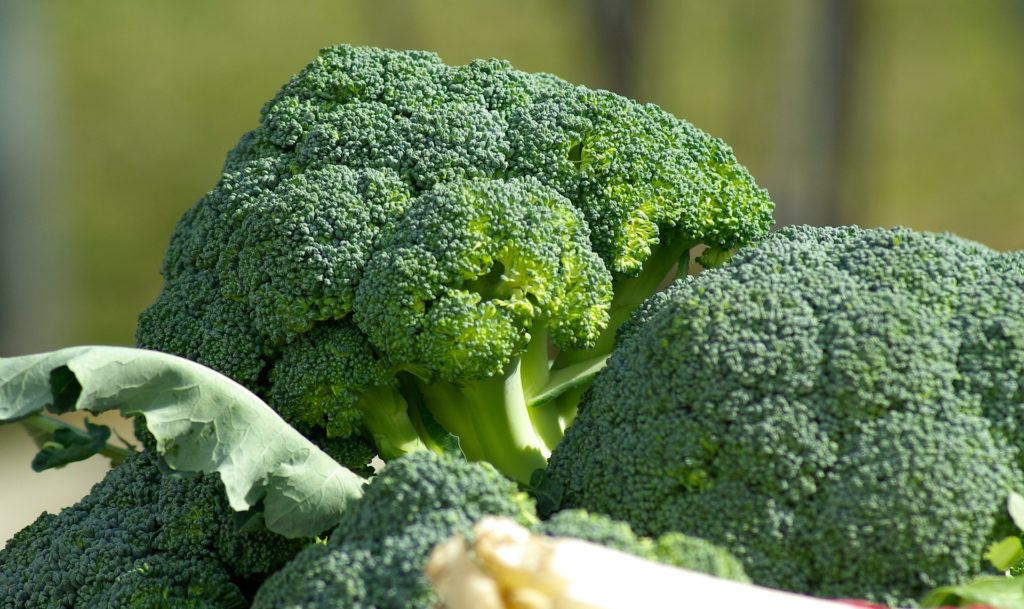
Broccoli is a cool-season crop that prefers fertile, well-drained soil enriched with compost. Transplanting seedlings in May can ensure they establish roots before the warmer summer temperatures. Space seedlings 18 inches apart and 24 inches between rows. Water consistently, especially during flowering, which can typically take between 60 to 90 days. To protect plants from pests, consider applying a layer of organic mulch—this helps retain soil moisture and suppresses weeds—while simultaneously enhancing soil quality.
Carrots
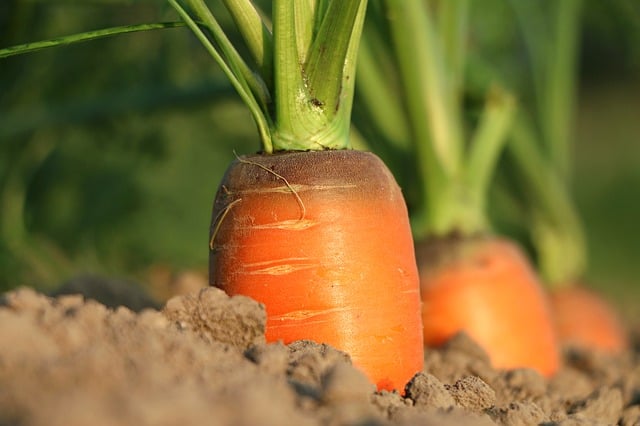
Carrots are often ideal for planting in cooler conditions to develop their sweetness. Plant seeds in mid to late May, about 1/4 inch deep, with 2-3 inches of spacing between seeds. Carrots thrive in loose, sandy soil that is free from rocks to prevent deformities. Regular watering is crucial until germination occurs, typically within two to three weeks. Thin seedlings to 2-3 inches apart to allow sufficient room for root development. Depending on the variety, you might begin harvesting sweet carrots as early as 60 days after planting.
Beets
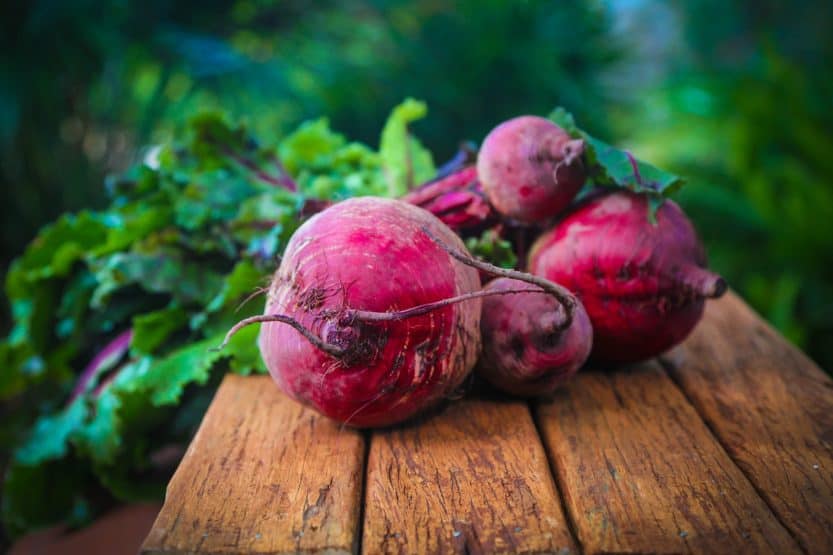
Beets are adaptable root vegetables that also thrive in cooler conditions. Plant beet seeds in early May, covering them with 1 inch of soil while keeping a spacing of 2-4 inches apart, and consider mulching to conserve moisture. Beets can be harvested once the roots reach golf ball size but allow them to grow larger for richer flavor. Additionally, the greens are edible, providing the opportunity for two types of harvests from one planting.
Swiss Chard
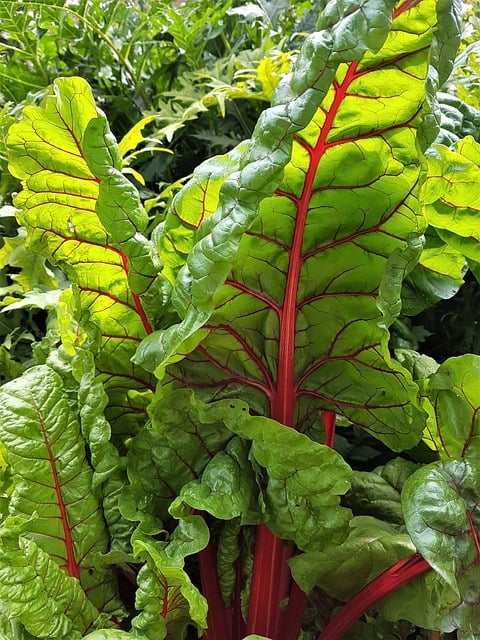
Swiss chard is a versatile leafy green that can flourish throughout the growing season. It is ideal for direct seeding in May in rows spaced 12 inches apart. Keep the soil consistently moist; this vegetable appreciates regular watering to prevent stress and promote tender greens. It can be harvested from outer leaves as needed, encouraging continuous growth. Both the leaves and colorful stems are edible, adding delightful texture and color to your salads.
Cauliflower
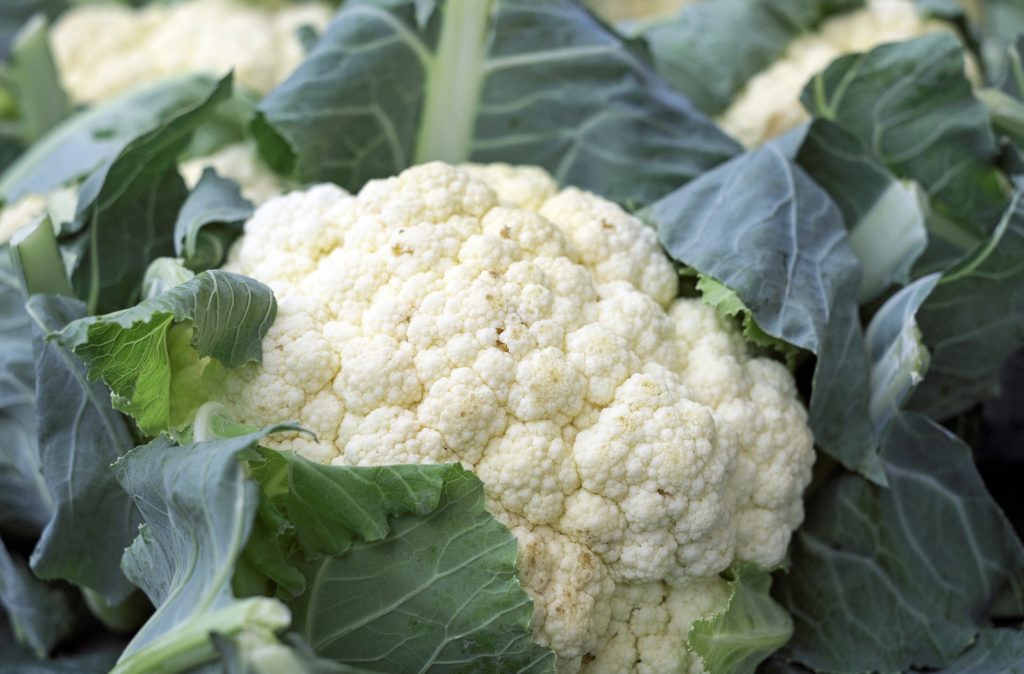
Cauliflower loves cooler weather and needs rich soil for optimal growth. In May, you can transplant seedlings or direct seed them in a well-drained bed. Space them 18-24 inches apart, ensuring they have sufficient room to develop their heads. Cover the heads lightly with leaves to shield them from sun exposure while they ripen. Consistent watering is essential as the plant grows; they typically mature by 70-100 days after planting, so patience is key.
Cool Weather Flowers To Plant
May is a wonderful time to cultivate flowers that add beauty and resilience to your landscape. Here’s a deeper exploration of ten stunning flowers suitable for planting in cooler May temperatures:
Pansies
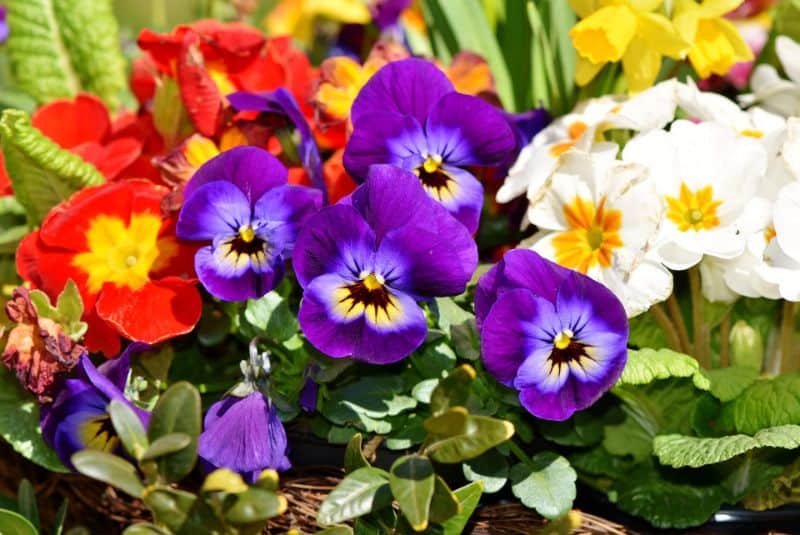
Pansies are one of the earliest bloomers, showcasing vibrant colors that can endure cooler temperatures. They thrive in well-drained soil and can be planted in sun or partial shade. Deadheading spent blooms encourages additional flowering, making them perfect for containers, boxes, or garden borders. Regular moisture and organic matter in the soil aid robust growth, enhancing their floral display. Pansies are also edible, adding decorative flair to salads and dishes.
Snapdragons
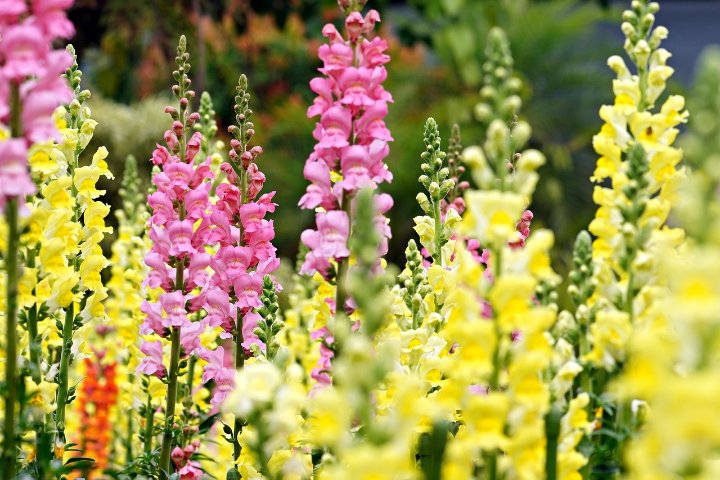
These tall, blossoming spikes provide vertical interest in the garden, and their cool weather tolerance makes May an excellent time for planting. Snapdragons thrive in well-drained soil enriched with organic matter, and they prefer sunny locations. When planting, ensure spacing of about 10 to 12 inches apart to facilitate airflow and prevent disease. Deadhead to prolong blooming throughout the summer; they are also excellent for cutting gardens, bringing vibrant visual flair indoors.
Dianthus
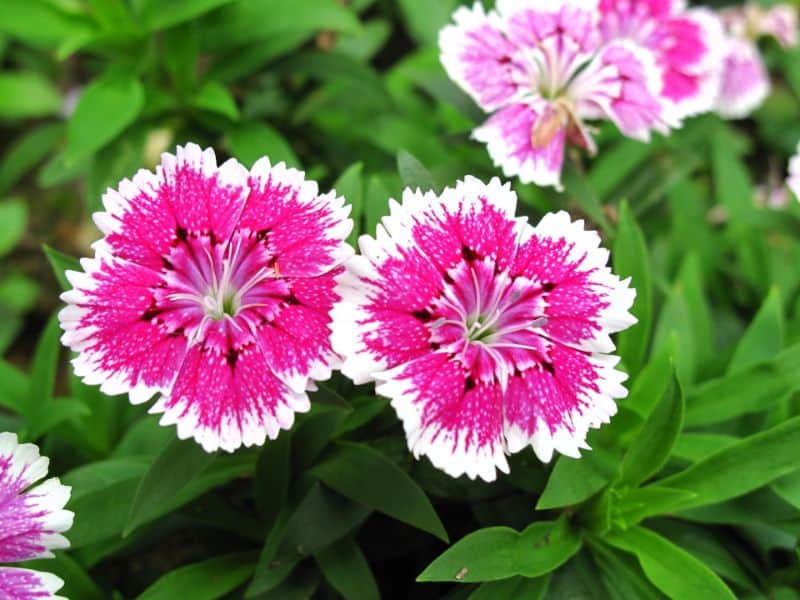
Dianthus, known for their sweet fragrance, are hardy perennial flowers that perform excellently in sunny locations with well-drained soil. When planting in May, consider spacing them about 10-12 inches apart for optimal airflow. These flowers can bloom from late spring to early summer and can tolerate slight frost; regular deadheading encourages new blooms and prolonged flowering throughout the season. They also attract beneficial pollinators like butterflies.
Lobelia
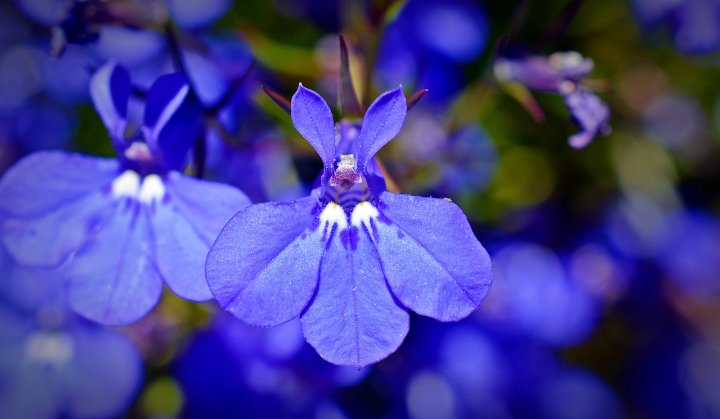
Lobelia boasts lovely blue or purple flowers that thrive in shady areas. When planting in May, ensure they are situated in moist, rich soil to bolster their growth. They are excellent for hanging baskets or as ground cover. Keep soil consistently moist for optimal growth to extend their flowering season, as they can bloom from spring until fall. Regular deadheading can also ensure ongoing blooms and prevent overcrowding.
Calendula
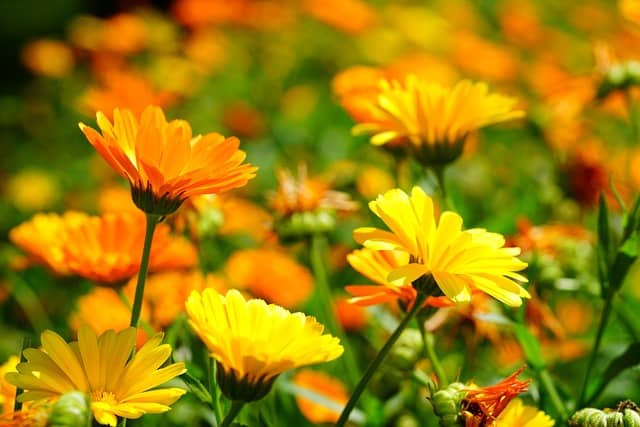
Calendula, or pot marigolds, are known for their bright blooms and ability to attract beneficial insects. They thrive in moderately fertile soil and prefer full sun. Plant seeds directly into the garden in May, spacing them 6-12 inches apart for healthy air circulation. Regular deadheading encourages repeat blooming; their fragrant petals can be used in salads, adding a pop of color and nutrition to many dishes. They are also prized for their medicinal properties in herbal remedies.
Foxgloves
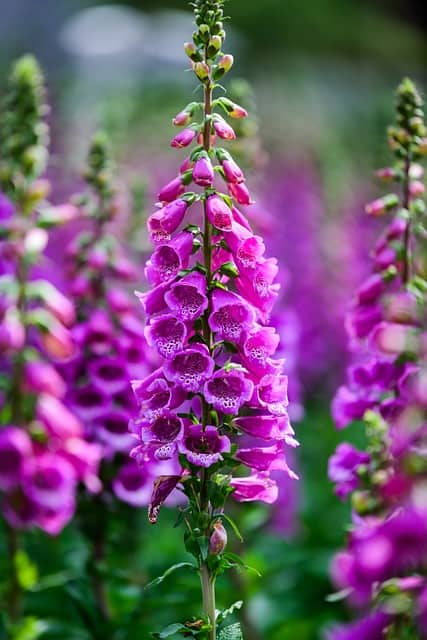
Foxgloves are biennial plants that can bloom in their second growing season. Plant them in well-drained soil in partial shade to develop robust growth and massive flower spikes that attract pollinators. Space them adequately to allow for full development; they can reach heights of 5 feet. Protect young plants from strong winds and excessive heat, as they do best in cooler conditions. Foxgloves add height and drama to garden displays and are often used in perennial borders.
Icelandic Poppy

Icelandic poppies feature delicate, colorful blooms and can be grown in well-draining soil, either in full sun or partial shade. Plant seeds directly into the garden in May, and they will typically flower by early summer. These hardy annuals tolerate light frosts and can help create soft, natural borders in garden beds, blooming throughout the season. Their graceful appearance and papery petals bring a touch of elegance to any garden setting.
Sweet Alyssum
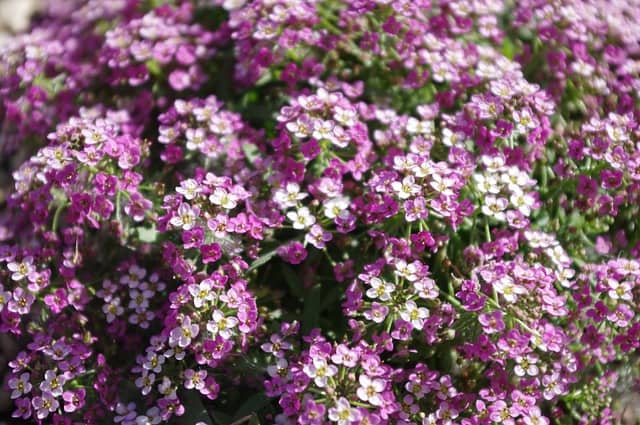
Sweet alyssum produces small, fragrant flowers, making them perfect for borders, containers, or even as a ground cover. They thrive in full sun to light shade and prefer well-drained, fertile soil. Plant them in May by sowing seeds directly into the soil, and they will bloom throughout summer. Their aroma is delightful, and they attract beneficial pollinators. Regular deadheading helps promote continuous blooms, ensuring a lovely display of color.
Nigella

Nigella, also known as love-in-a-mist, features unique flowers that create a stunning visual impact in the garden. Sow seeds directly into the soil in May; they prefer well-drained soil and can tolerate partial shade. From their feathery foliage to delicate blooms, they will enhance any garden layout with a touch of whimsy. Their ability to self-seed means they can come back year after year, providing ongoing beauty.
Coreopsis
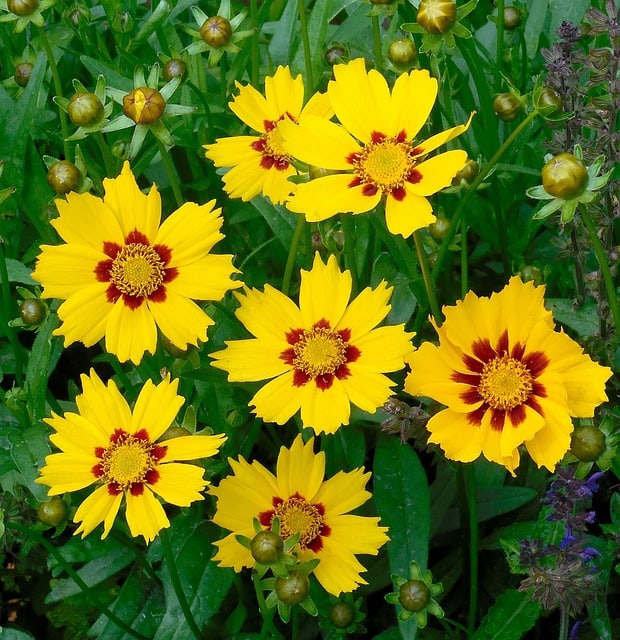
Coreopsis, commonly called tickseed, is a hardy perennial that blooms profusely from late spring to autumn. Planting in May allows sufficient time for them to establish and bloom abundantly. They thrive in well-drained soil, with full sun exposure yielding the fullest blooms. These daisies are drought-tolerant once established and attract butterflies, making them an excellent addition to pollinator gardens. The bright yellow and orange blooms create stunning contrasts in any garden bed.
Cool Weather Perennial Flowers To Plant
Planting perennial flowers provides a long-lasting display of beauty in your garden. Here are ten perennial flowers suitable for May planting in Zone 5, with expanded details for optimal success:
Hellebores
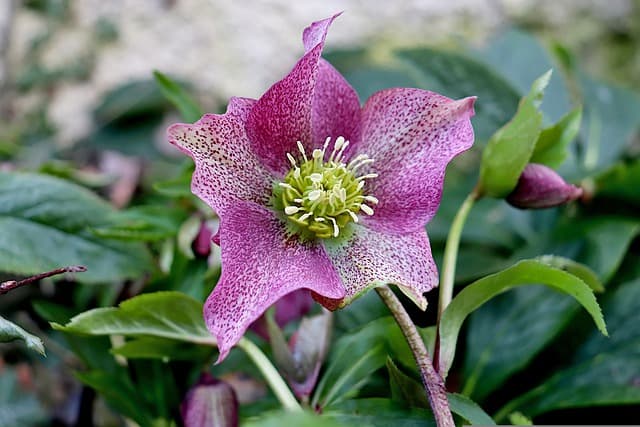
Hellebores are well-loved for their exquisite blooms and early flowering season. Plant them in shaded or partially shaded areas with well-draining soil that is rich in organic matter. May is an excellent time to plant as they will thrive through the summer months. Hellebores require minimal feedback once established; their resilience and ability to bloom in colder conditions add a unique touch to shaded landscapes.
Hostas
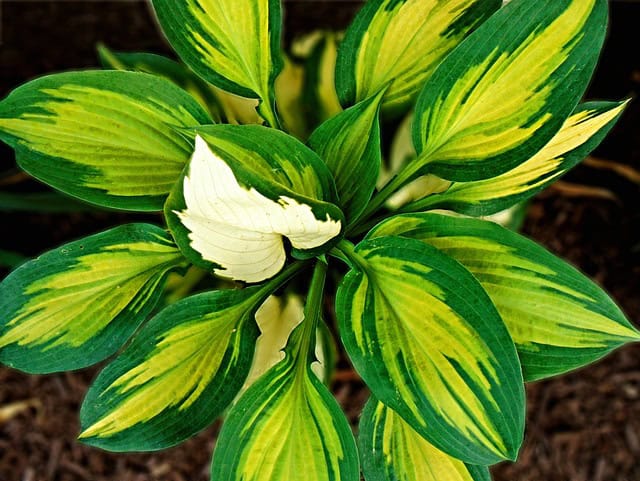
Hostas are classic garden plants celebrated for their lush foliage and shade tolerance. When planting in May, prepare the soil well with compost to improve drainage and nutrient levels. Space the plants according to the variety, as some can grow quite large. They thrive in consistently moist soil and should be mulched to retain moisture. Diverse foliage colors and textured leaves ensure hostas create visual interest, particularly in shaded or woodland gardens.
Bleeding Heart
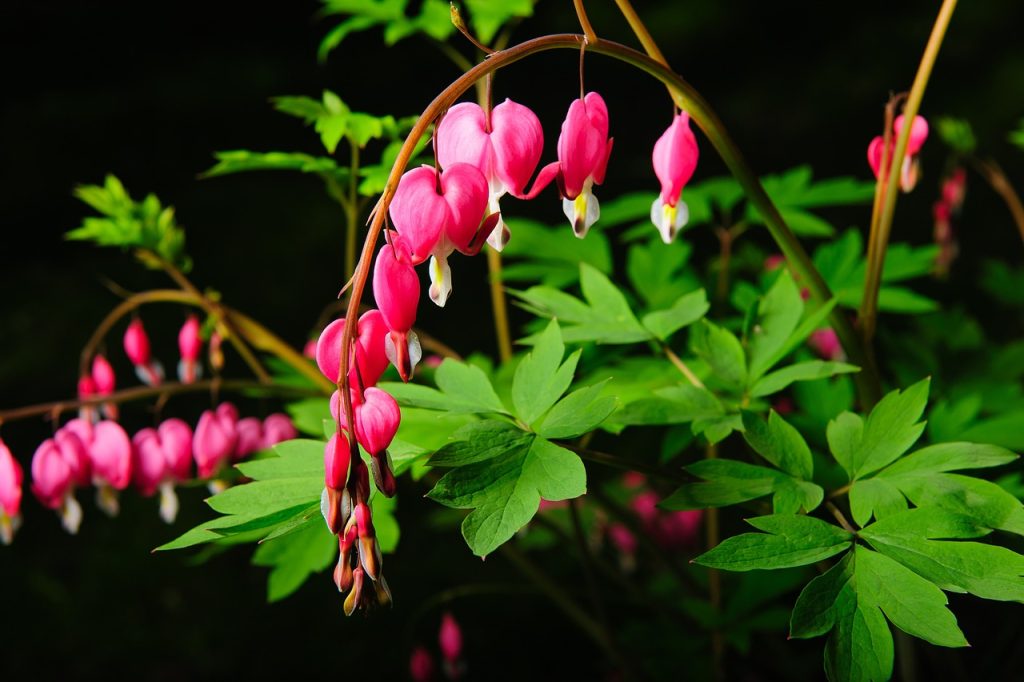
Bleeding heart plants are known for their distinctive heart-shaped flowers, which add charm to shaded areas. When planting in May, ensure the soil remains consistently moist and well-drained to encourage healthy growth. Consider planting them near paths or borders to showcase their unique blooms. After flowering, allow foliage to continue working for the plant by photosynthesizing, which contributes to next season’s growth.
Salvia
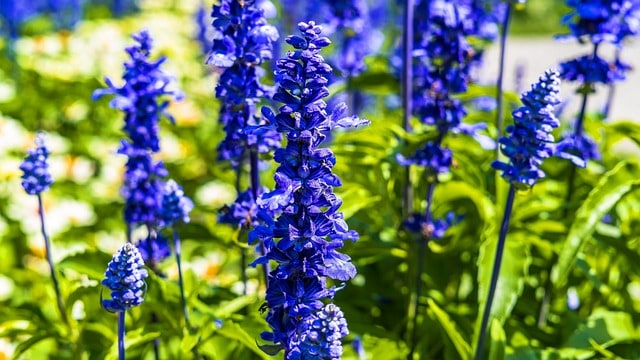
Salvia is a resilient perennial that blooms profusely in full sun or partial shade. May is a great time to plant; choose varieties that fit your desired garden style and ensure they are spaced adequate distances apart for airflow and growth. Salvia is drought-tolerant once established, making it ideal for low-maintenance gardens. Their flowers attract pollinators and add vibrant colors to garden layouts, ranging from blues and purples to pinks and white.
Coneflower
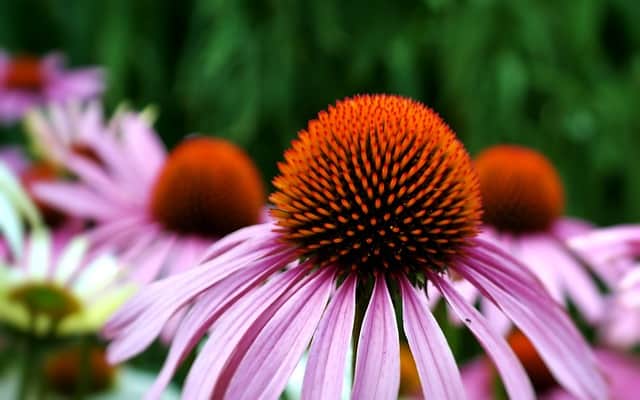
Coneflowers are superb for attracting butterflies and pollinators, and they thrive in sunny spots. Plant them directly in well-draining soil around May, allowing for ample spacing to ensure airflow. They develop beautifully over the growing season, blooming in late summer and into fall. Deadheading spent flowers promotes further blooming, allowing their cheerful daisy-like flowers to enhance your landscape from summer through the fall.
Astilbe

Astilbe prefers cooler, moist conditions and flourishes when planted in shaded areas. May is an ideal planting time, allowing for strong development and vibrant plumes. They perform best with rich, organic soil, and regular watering is important for their success. Astilbe creates an alluring display with its feathery spikes, and when intermingled with other shade-loving plants, they make for a stunning impact in garden beds or borders.
Phlox
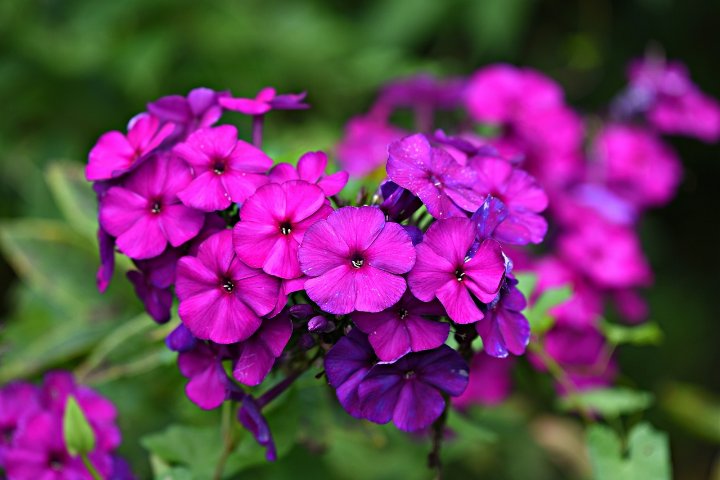
Phlox is a perennial flower admired for its long-lasting blooms and delightful fragrance. Plant them in well-drained soil with good sunlight exposure in May. If cared for properly, they will bloom throughout the summer months, attracting butterflies to your garden. Spacing the plants about 12-18 inches apart will ensure adequate airflow. Regular deadheading encourages longer blooming periods, allowing for a spectacular display.
Daylilies
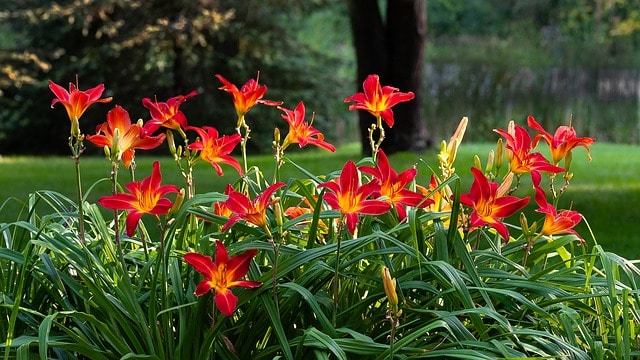
Daylilies are resilient and adaptable, making them perfect for a variety of soil conditions. Planting in May offers ample time for establishment before hot conditions arrive. They thrive best in full sun but can tolerate partial shade. Each flower lasts only one day, but daylily plants bloom in succession, providing vibrant color in gardens for many weeks.
Black-eyed Susan
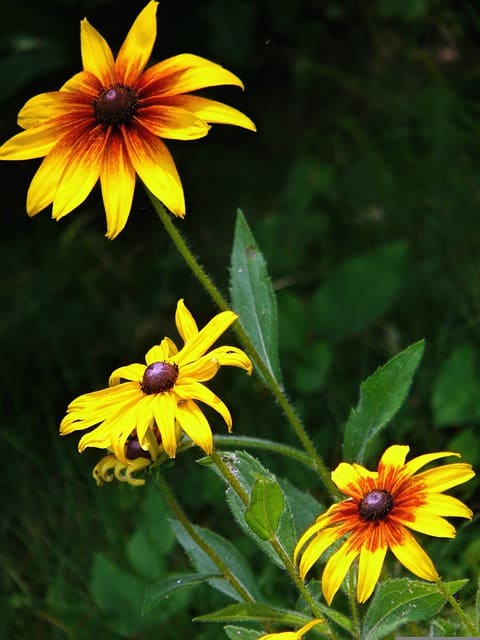
Black-eyed Susans provide warm, sunny colors, thriving in a range of soil types. Plant them in May in full sunshine for optimal blooming all summer long. These perennial flowers attract pollinators and useful insects while serving as delightful focal points in flower beds. They are drought-resistant once established, making them low-maintenance garden favorites.
Shasta Daisy
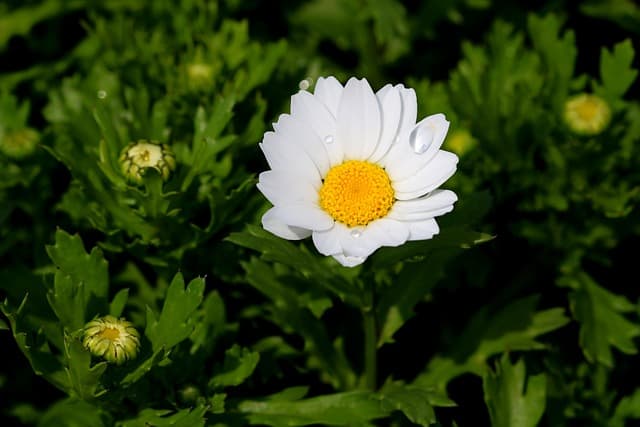
Shasta daisies are beloved for their classic white petals and bright yellow centers. Plant them in well-drained soil with full sunlight for the best results; these perennials thrive with minimal fuss, blooming from late spring through fall. They can be easily divided to propagate more plants in subsequent years, providing an excellent way to expand your garden without additional purchases.
Cool Weather Bulbs To Plant
Planting spring-blooming bulbs offers instant color to your garden as winter wanes. Here’s an expanded look at bulbs to plant in May in Zone 5:
Tulips
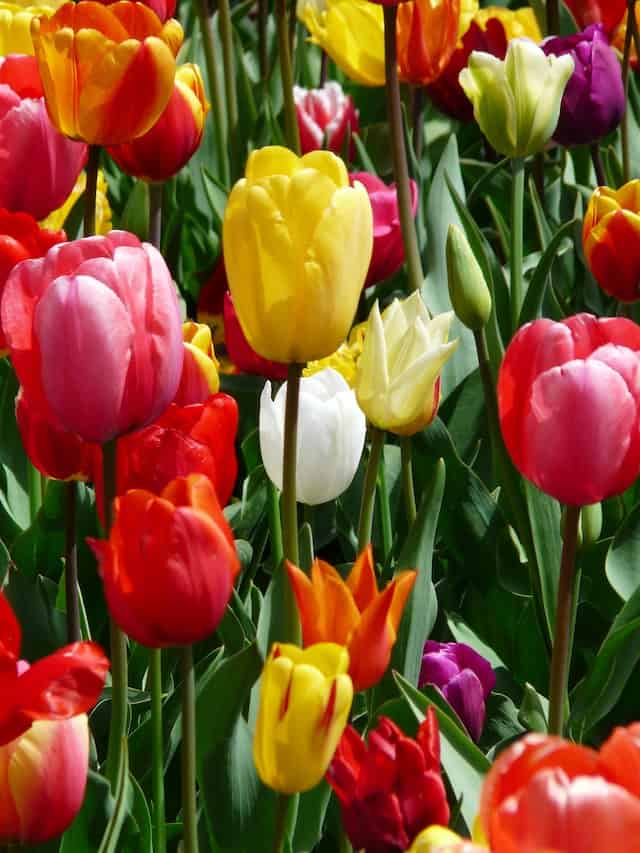
Though typically planted in the fall, May is still a suitable time for replanting or for specific late varieties. Plant them in well-drained soil enriched with organic matter, spacing the bulbs 6-8 inches apart. Ideal growing conditions include at least 6 hours of sunlight daily. Water consistently while actively growing, ensuring that the soil doesn’t dry out completely. Late-blooming tulips will reward you with vibrant displays come spring, serving as a lovely reminder of the past winter’s chill.
Crocus
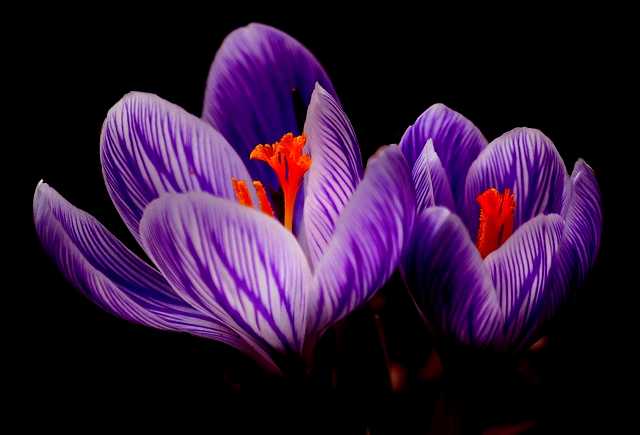
Crocus bulbs can still be planted in May for late blooms. They are known for thriving in well-drained soil under full sun or partial shade. When planting, space the bulbs about 3-4 inches apart and cover them with 2-3 inches of soil. Once established, crocuses often naturalize and return each spring, offering cheerful early blooms. Their versatility allows them to work well in rock gardens, borders, or naturalized areas.
Alliums
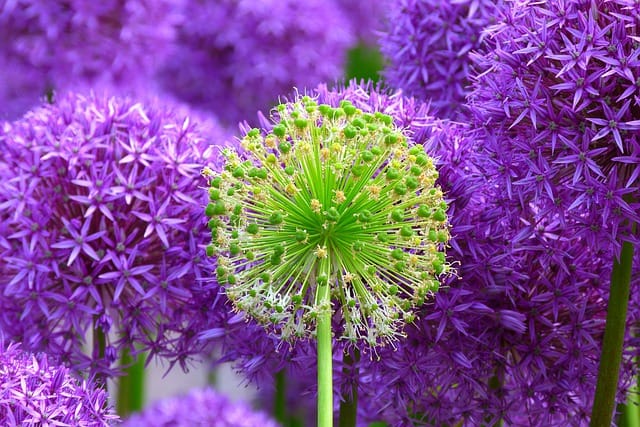
Allium bulbs, recognized for their striking globes of flowers, thrive in sunny conditions. When planted together, they create beautiful clusters. Planting in late May ensures adequate root establishment before summer. These ornamental bulbs prefer well-drained soil, and providing organic fertilizer during early growth can create more robust blooms later in the season.
Hyacinths
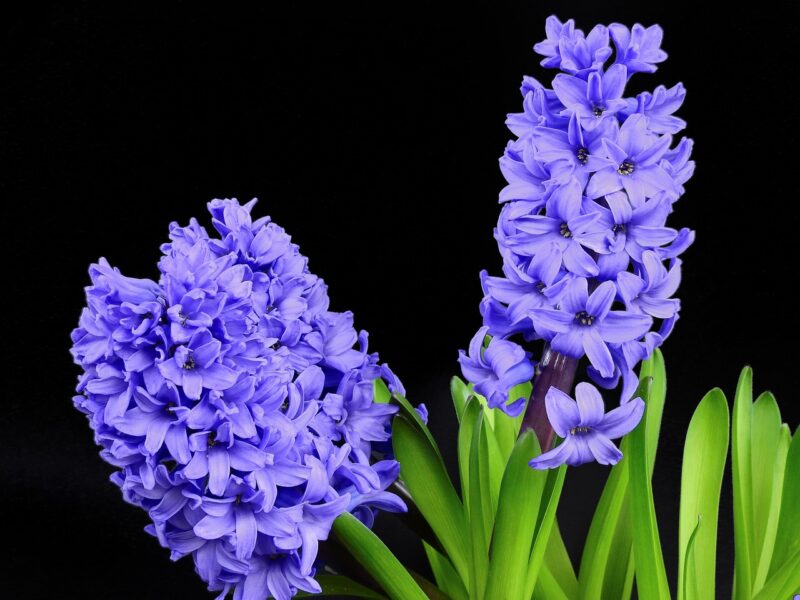
Planting hyacinth bulbs in May allows for late blooms when conditions permit. Ensure they have well-drained, rich soil, and plant the bulbs about 4-6 inches apart and at least 6-8 inches deep. Sunlight plays a key role in their success, as they thrive with full sun exposure, producing beautiful colors and delightful fragrances to brighten any space once they’ve established.
Daffodils
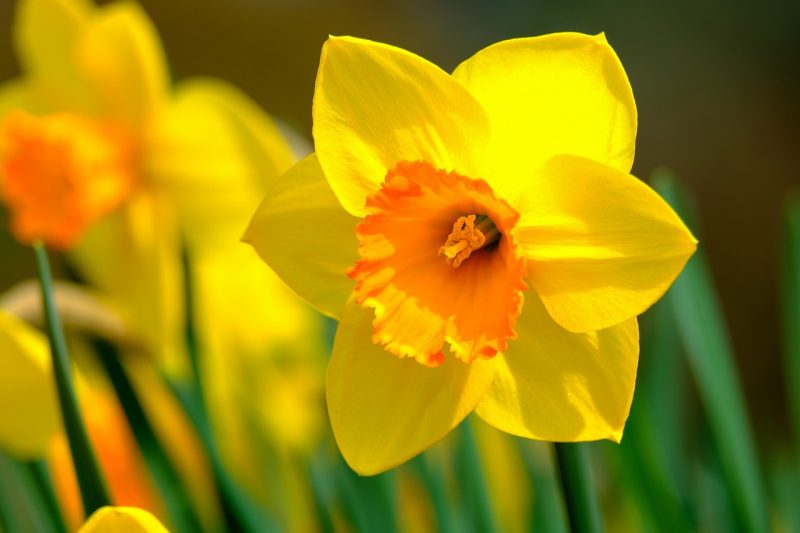
Although best planted in fall, daffodils can still be successfully planted in late May for a chance at flowering. They are hardy and can survive in a variety of soil types, ideally preferring well-drained conditions. Space bulbs about 6-8 inches apart and ensure they receive adequate sunlight for optimal growth. Once established, they take minimal care, rewarding gardeners with perennial blooms.
Fritillaria
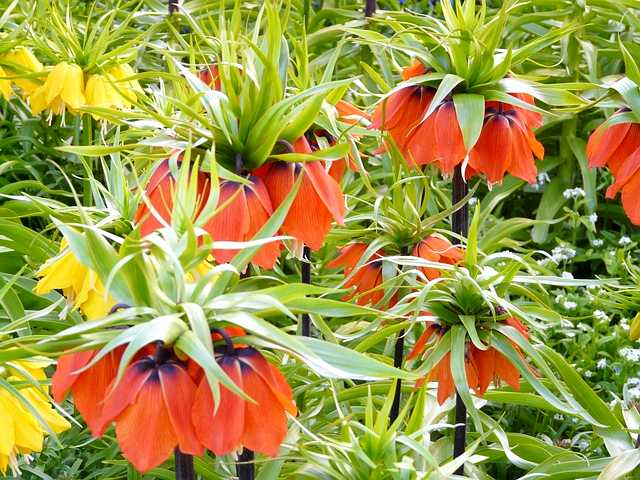
Fritillaria bulbs produce unique, bell-shaped flowers, flourishing in full sun or light shade. When planting in May, ensure a well-drained site and space bulbs appropriately to encourage their growth and ability to display. These bulbs require minimal water once established and bring a touch of elegance with their unusual blooms, standing out among more common varieties.
Gladiolus

Gladiolus is perfect for a burst of color in summer since they are tender bulbs that thrive in warm weather. Plant corms in well-draining soil in full sun, spacing them about 6 inches apart and digging them into the ground with a depth of 4-6 inches. Regular watering is essential, especially during dry spells; consider staking the plants to provide stabilization as they grow. As summer progresses, their stunning flower spikes will offer delightful cutting options for arrangements.
Dutch Iris

Dutch iris thrives under sunny conditions and is perfect for gardens looking for a colorful display in late spring. Plant in reasonably rich, well-drained soil; spacing about 4-6 inches apart provides the best environment for their flowers. Proper watering allows the plants time to develop strong roots, providing you with vibrant blooms throughout the growing season.
Asiatic Lilies

Asiatic lilies flourish in well-drained soil and full sun. Plant their bulbs in May, allowing for strong growth and vibrant blooms come summer. Space bulbs about 8-12 inches apart, so they have room to grow. The variety of colors ensures beautiful displays; lilies are also pest-resistant, making them an excellent choice for easy-care gardens.
Snowdrops
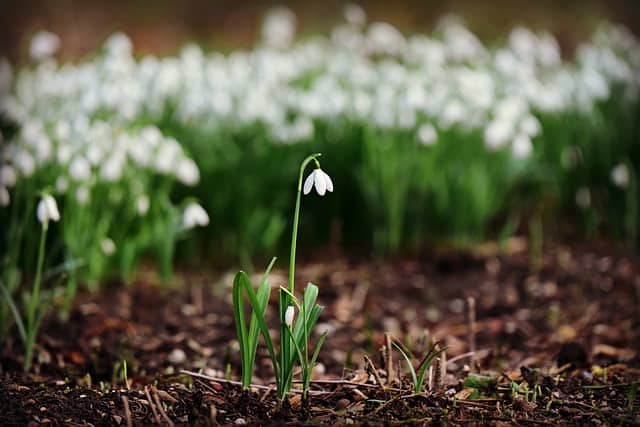
Snowdrop bulbs are best known for their delicate appearance, preferring partial shade in moist, well-drained soil. While typically planted in the fall, late spring planting in May can still lead to delightful blooms. They provide early spring color when established, enhancing your landscape with their graceful blossoms that often signify the end of winter.
Cool Weather Fruits to Plant
Growing your own fruits can provide unparalleled satisfaction and joy in the garden! With suitable conditions, May is opportune to plant an array of cooler-weather fruits. Here are ten fruitful options ideal for your garden:
Strawberries
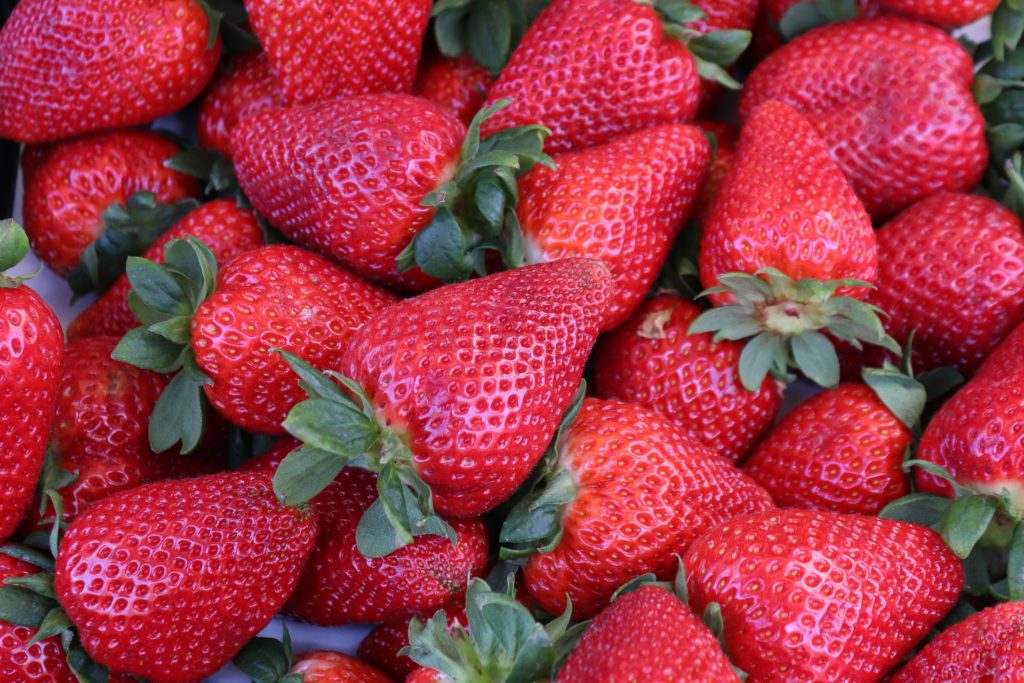
Strawberries, especially June-bearing varieties, thrive when planted as bare roots or potted plants in May. For a successful yield, position them in well-drained soil with full sun exposure. Space the plants 12-18 inches apart to ensure good airflow, with running varieties requiring more room. Regular watering during establishment and throughout the growing season is essential. Adding mulch around plants retains moisture, helps control weeds, and keeps fruit clean during rain.
Blueberries
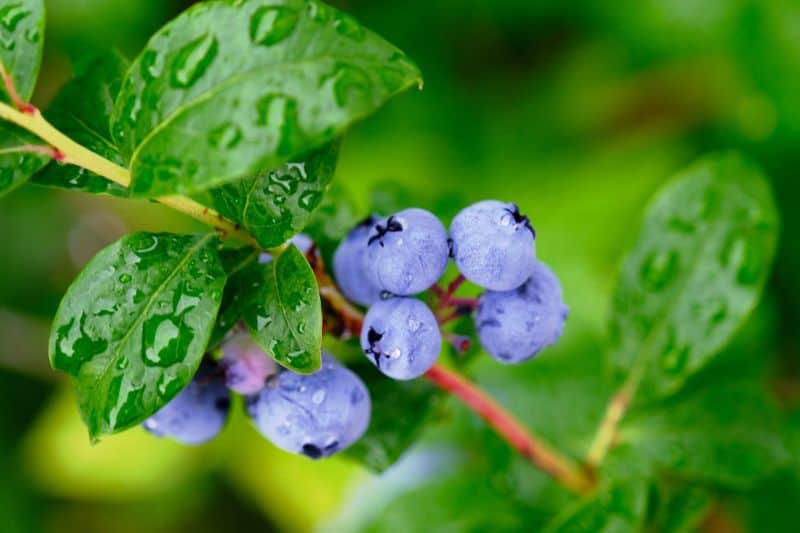
Blueberries prefer acidic soil, ideally between 4.5 and 5.5 pH, making amendments like sulfur beneficial. Plant them in May, spacing each plant 4-5 feet apart. They thrive in well-drained, organic soils, requiring regular watering for optimal health. Ensure they get a few hours of sunlight each day; thus, choosing the right planting area can be critical. With patience, expect delicious fruits in mid-summer as harvest season approaches.
Raspberries
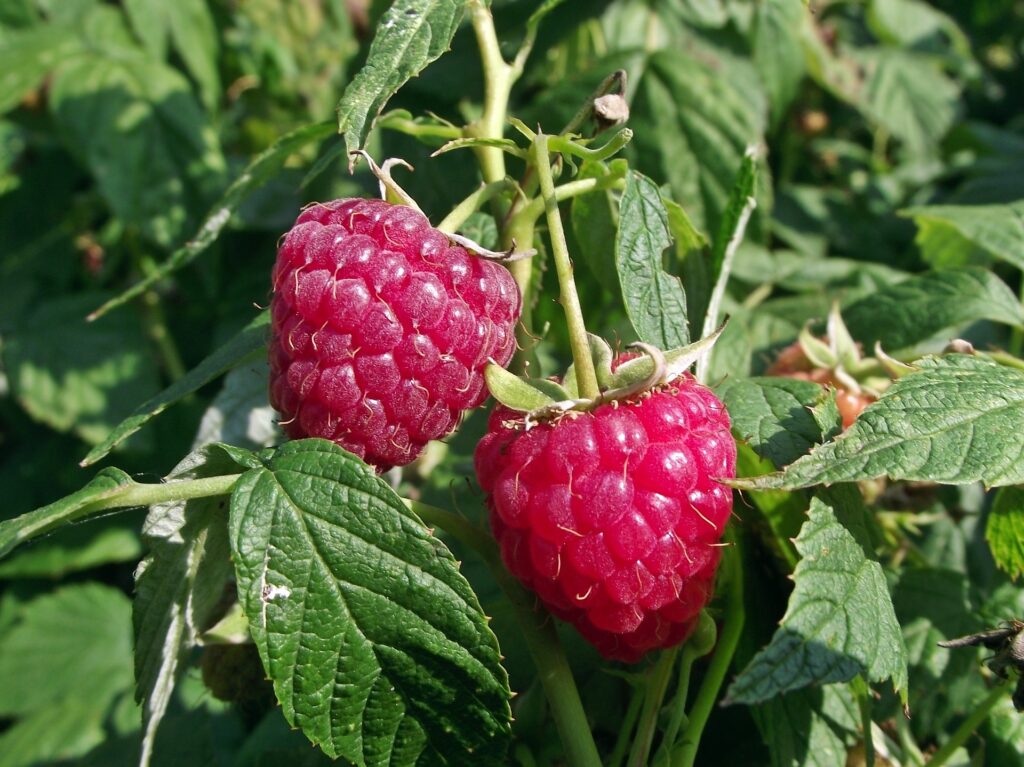
Raspberries are ideal for early May planting, thriving in well-drained soil. Arranging the plants in rows, with 3-4 feet between rows, allows ease of access for care and harvesting. Raspberries prefer sunlight, so maximizing exposure is critical for later yields. Water regularly, particularly during the flowering stage and fruit development, to ensure healthy, flavorful berries. Expect to start enjoying your harvest in mid-summer, but it may take a season or two for plants to fully establish.
Blackberries
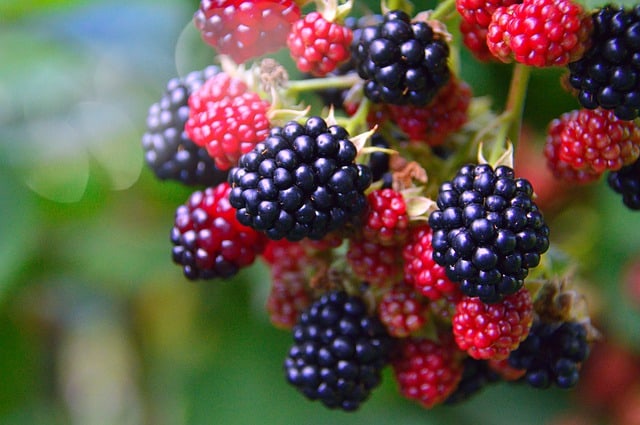
Blackberries thrive in similar conditions to raspberries, preferring sunny locations in well-drained soil that remains consistently moist. Planting in May allows enough time for plants to establish their root systems. Consider supporting them with trellises or wires to encourage upright growth and provide easier access while harvesting. Depending on the variety, several months of sun and care can yield flavorful blackberries by late summer.
Grapes
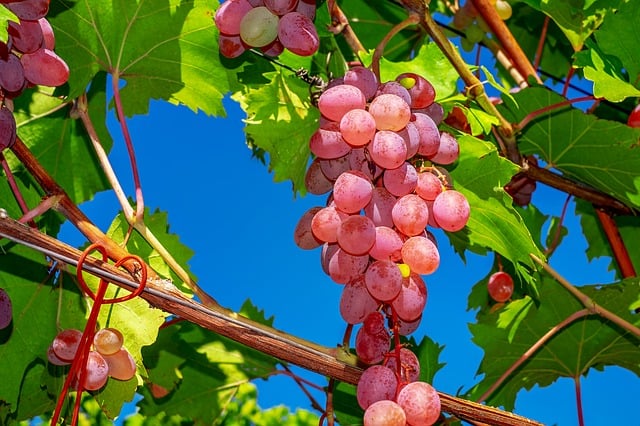
May is a suitable time for planting hardy grapevines in well-drained soil. They enjoy full sun exposure and adequate space—14-16 feet apart—to prevent overcrowding. Regular watering in the early growth stages promotes establishment but keep the soil moderately moist to prevent disease. Consider a sturdy trellis to support your vines, yielding delicious grapes during late summer to early fall after adequate time to mature.
Currants
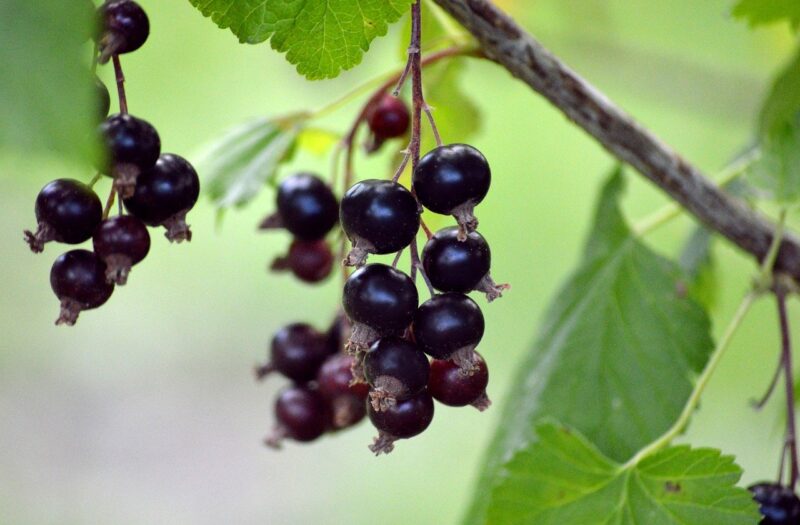
Currants thrive in cool-weather conditions, making them an excellent choice for planting in May. They prefer well-drained soil, ideally with some organic compost added. Spacing plants 3-4 feet apart allows for good air circulation, reducing the risk of fungal diseases. Currants can tolerate partial shade but will produce better yields in full sunlight. Regular pruning enhances airflow and encourages fruit production, with berries typically ready for harvest in late summer.
Apples
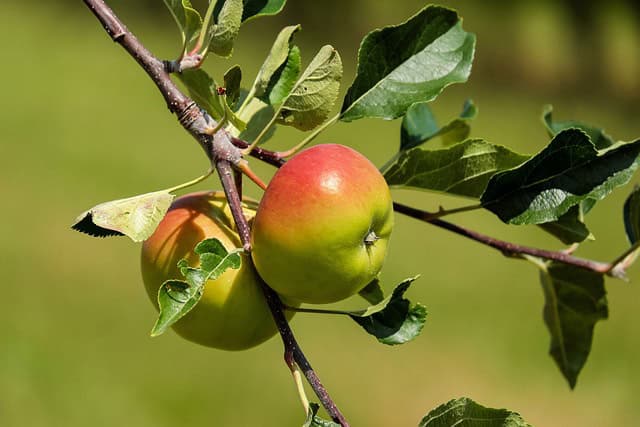
May is an opportune time for planting bare-root apple trees in well-drained soil enriched with organic amendments. Space trees effectively (10-20 feet apart) depending on the size of the variety to ensure good airflow and health. Proper watering, particularly in dry periods, ensures that younger trees establish well. Fertilization during the growing season supports healthy growth, and with time, trees will begin bearing fruit in a couple of years.
Pears
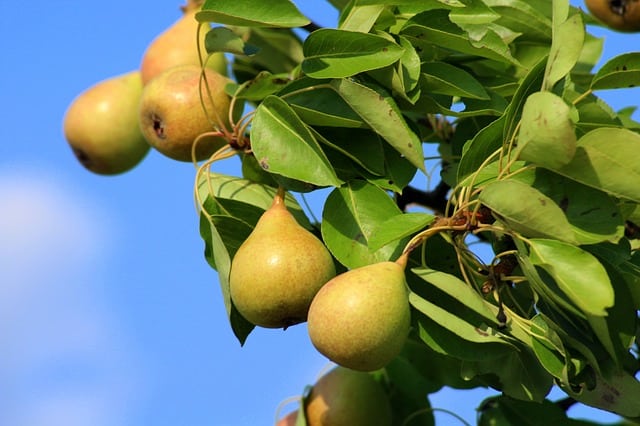
Like apple trees, pear trees thrive in well-drained, fertile soil. Planting them in May provides a chance for establishment before hot summer heat arrives. Different varieties flourish in various conditions; ensure adequate spacing of about 10-15 feet apart depending on the type. Consistent watering, especially when young, supports healthy growth, and you’ll be rewarded with delicious fruit in a couple of seasons.
Herbs To Plant
Herbs are not only culinary delights but also add fragrance and visual interest to gardens. In May, you can successfully plant various herbs. Here’s a detailed look at essential herbs to cultivate:
Basil
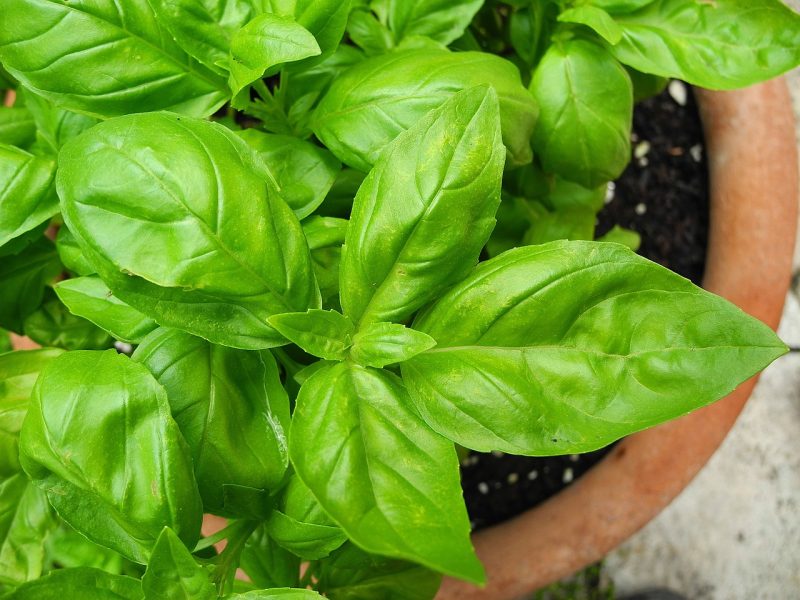
Basil is a warm-weather herb and thrives when planted in full sunlight with well-drained, nutrient-rich soil. Once the last frost has passed in late May, it’s ideal for planting. Space basil plants 12 inches apart to ensure they have room to grow. Regular pruning of the tops encourages bushier growth, and consistent watering will help maintain leaf quality. Basil is often used in pasta dishes, salads, and sauces, making it a kitchen staple.
Parsley
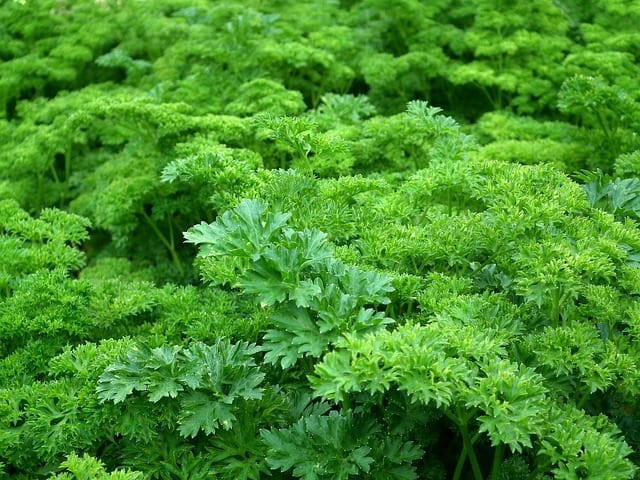
Parsley is a biennial herb, making it an excellent choice for planting in May. Sow seeds directly in fertile soil that remains consistently moist; it can handle partial shade but flourishes in well-drained light. Space seedlings approximately 8-10 inches apart, thinning once they establish. Both flat-leaf and curly varieties work well; regular harvesting encourages continued growth throughout the summer. Parsley serves as an excellent garnish and has the added benefit of versatility in cooking.
Cilantro
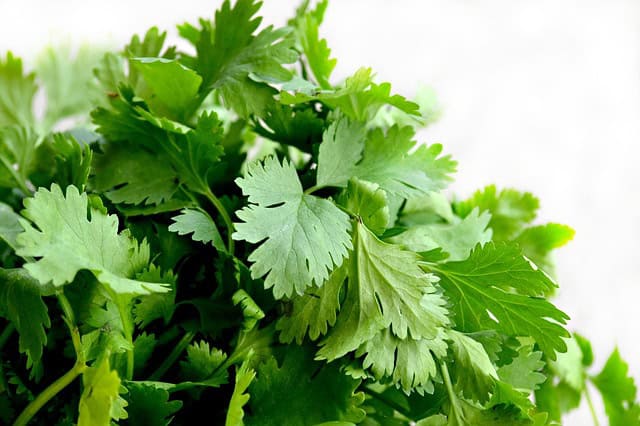
Cilantro prefers cooler temperatures and can bolt (flower and go to seed) in hot weather. Plant seeds directly into well-drained soil in May, keeping them watered regularly during germination. Space the seeds at least 6 inches apart to allow for growth, and consider staggering plantings every few weeks for ongoing harvests. Cilantro is a crucial ingredient in many dishes worldwide, particularly in salsa and Asian cuisine.
Chives
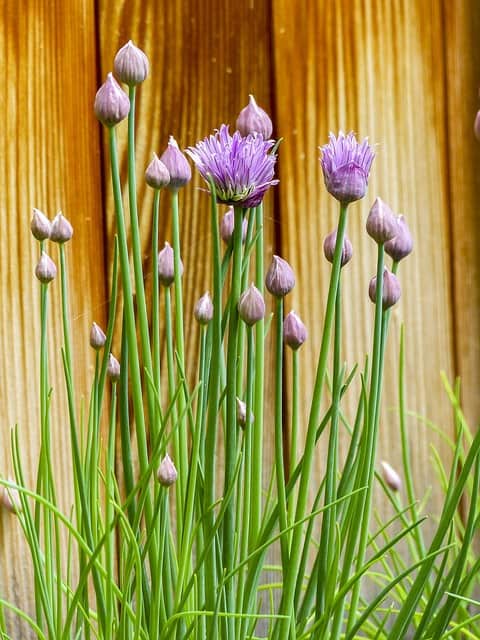
Chives are simple yet delightful herbs that can be planted in May for fresh greenery throughout the season. Prefer sun to partial shade and well-drained soil for optimal growth. They thrive in clumps, so spacing them about 12 inches apart allows for ample room. Regular trimming encourages new growth, and both the leaves and flowers are edible, adding flavor and color to salads and foods.
Oregano
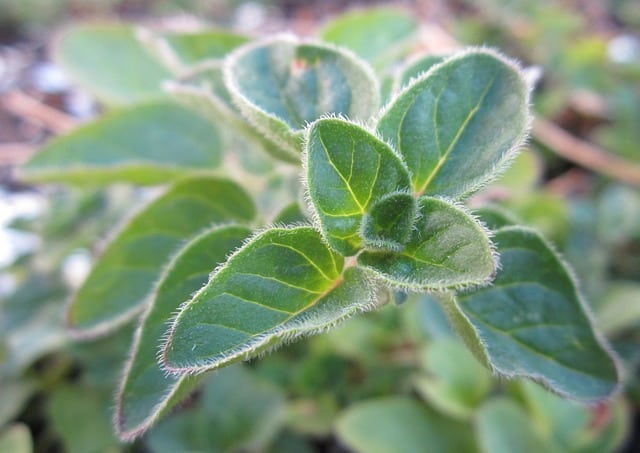
Oregano thrives in sunny locations with well-drained soil. Planting in May gives this perennial a chance to establish robust roots, with spacing of 12-18 inches highly beneficial. Once set, oregano is drought-tolerant and requires minimal care; it enhances flavor in Mediterranean dishes, making it essential for herb gardens.
Thyme
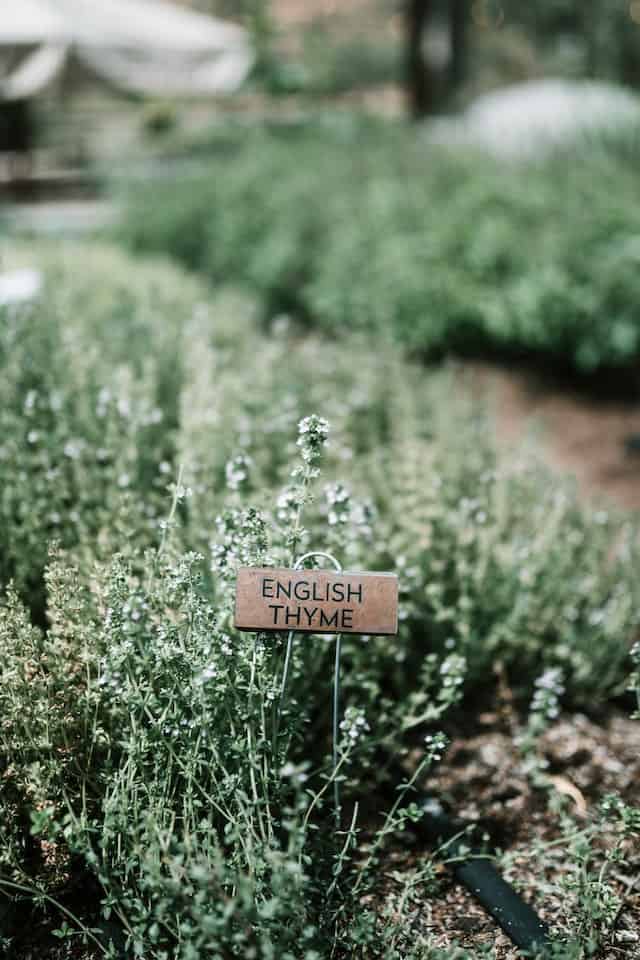
Thyme is a hardy perennial herb that flourishes in well-drained, sandy soils. Plant them in May, spacing them 12 inches apart for airflow. Water consistently until they mature, typically enjoying full sunlight. Frequent harvesting keeps the plant healthy, producing flavorful leaves for use in soups, sauces, and seasoning.
Mint
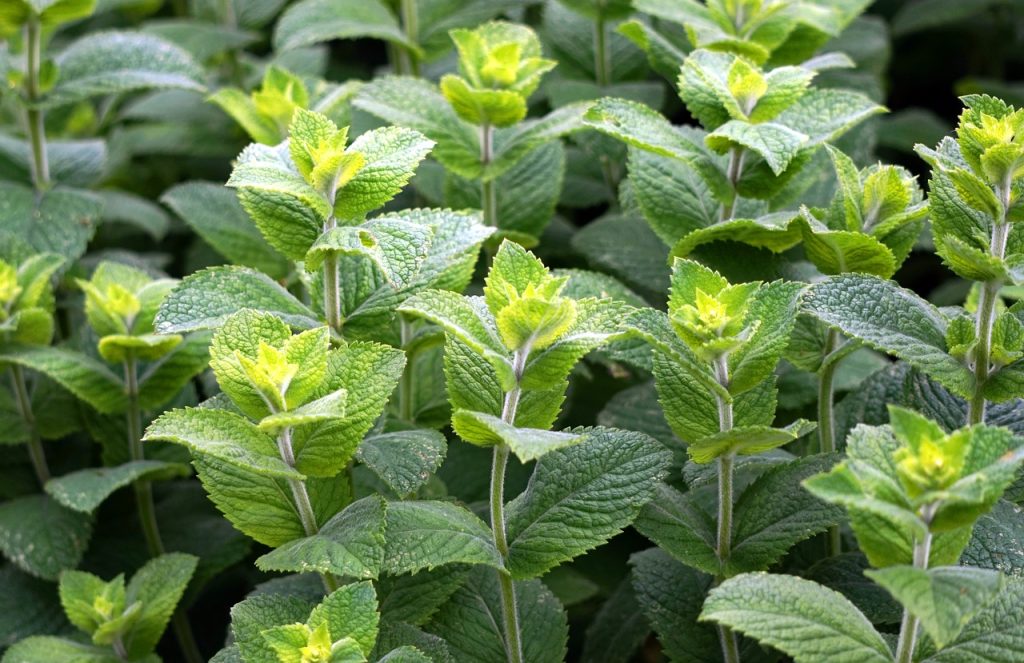
Mint is a vigorous grower that should ideally be planted in containers to contain its spreading habits. Planting in May, ensure they have plenty of sunlight and consistently moist soil. Regular harvesting will encourage new growth, and mint is excellent for culinary uses, including teas and garnishes.
Dill
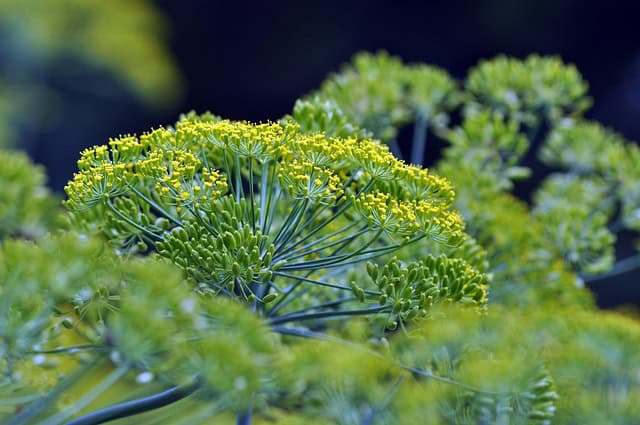
Dill prefers well-drained soil and sunny locations, making it easy to grow. Plant seeds directly in May, maintaining spacing of about 12-15 inches apart. Dill is a short-lived annual, so consider succeeding plantings every few weeks for a sustained harvest. It’s commonly used in pickling and as an aromatic herb in many dishes.
Sage
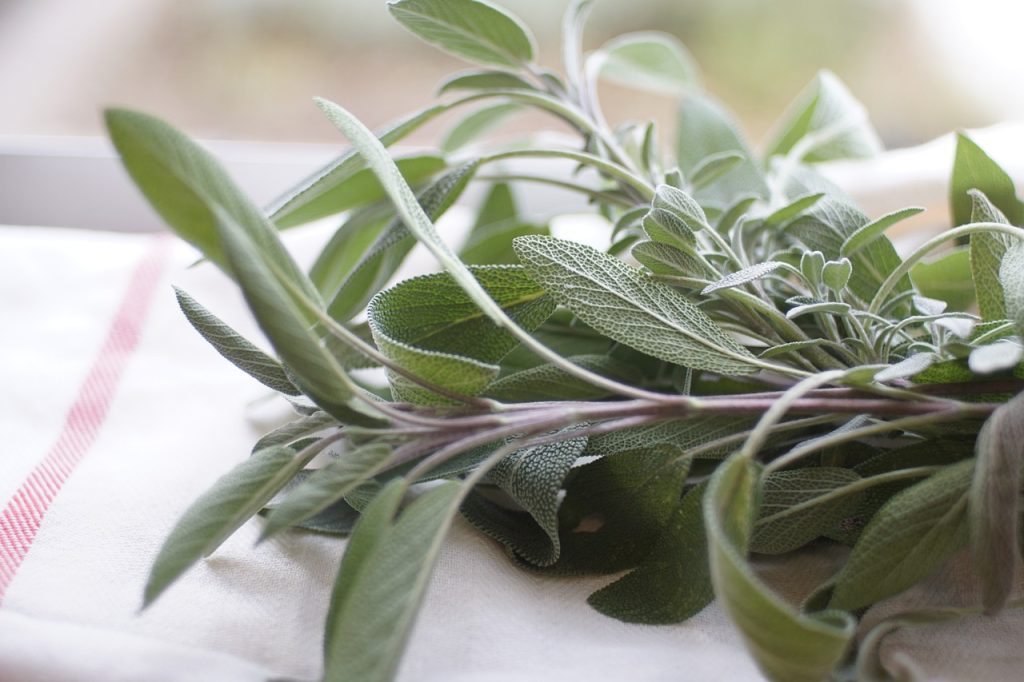
Sage is a hardy perennial that thrives in well-drained soils with ample sunlight. Planting in May encourages robust growth. Space plants about 18 inches apart to allow airflow, avoiding waterlogging conditions. Sage’s aromatic leaves enhance numerous culinary applications, making it a staple ingredient for meat and vegetable dishes.
Rosemary
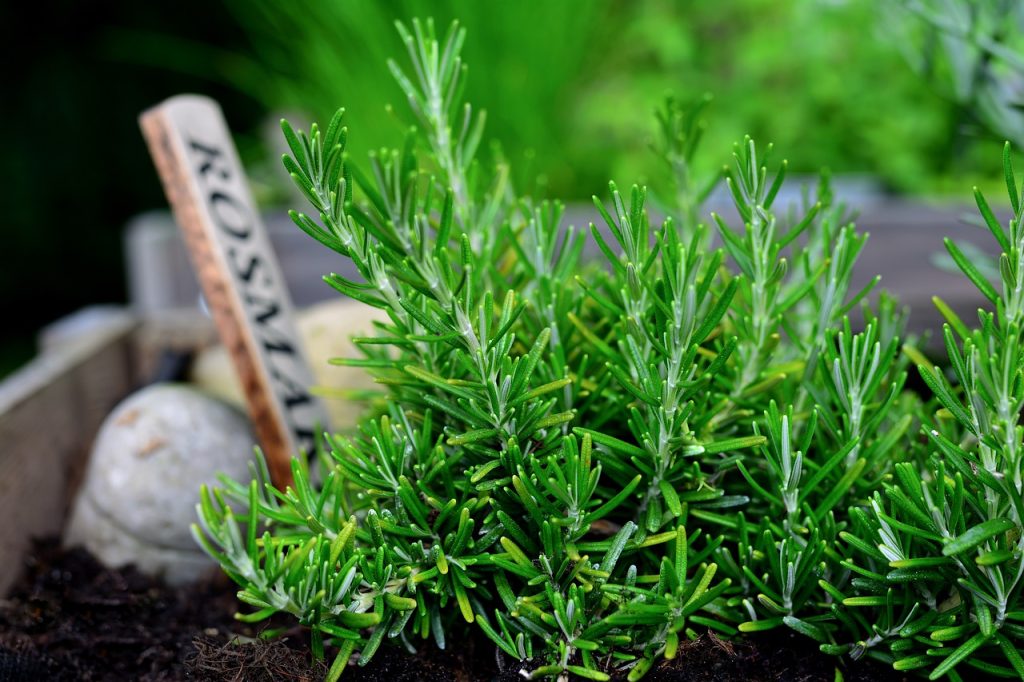
Rosemary is a hardy evergreen herb that requires specific care to thrive in Zone 5. Ideal for full sunlight and well-drained soil, consider planting in containers for better control over winter exposure. Once temperatures warm in May, plant so they root quickly before summer, ensuring regular watering while allowing the medium to dry between sessions. Its aromatic qualities make it a fantastic addition to various dishes.
Cool Weather Landscape Plants To Plant
Creating a vibrant garden landscape can be achieved with a variety of cool-weather plants. By carefully selecting suitable options, you can cultivate lasting beauty. Here’s a deeper exploration of ten landscape plants perfect for May planting:
Japanese Maple
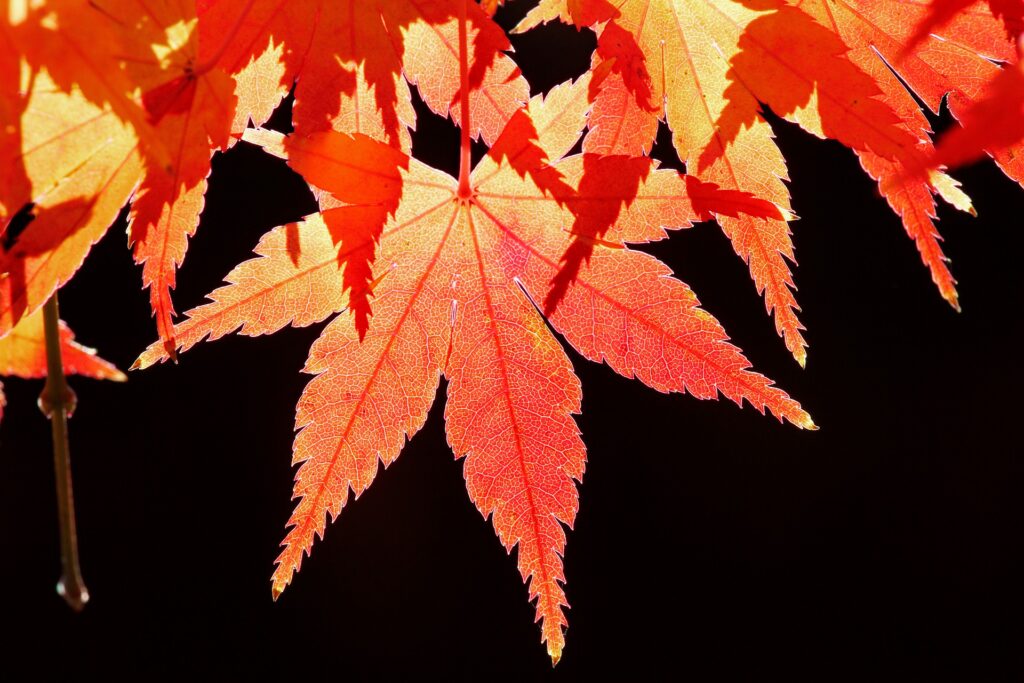
Japanese maples are beloved ornamental trees celebrated for their stunning leaf coloration and graceful forms. They thrive in well-drained soil and prefer dappled sunlight. In May, planting allows ample time for rooting before summer. Ensure consistent moisture and protect young trees from excessive sun exposure. Their vibrant foliage adds a unique touch to any garden, transitioning beautifully through the seasons.
Boxwood
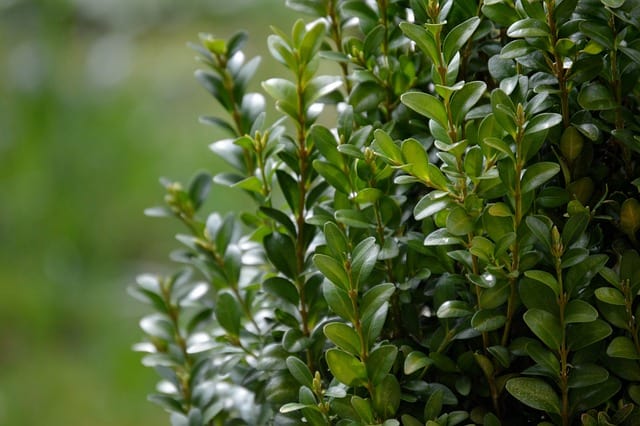
Boxwood shrubs are ideal for creating hedges and providing year-round interest in landscaping. Best planted in May, they prefer well-drained soil and partial to full sunlight. Maintain a spacing of 2-3 feet apart to encourage healthy growth. Regular pruning is important to maintain shapes and encourage thicker growth, making boxwoods versatile and long-lasting landscape plants.
Sedum
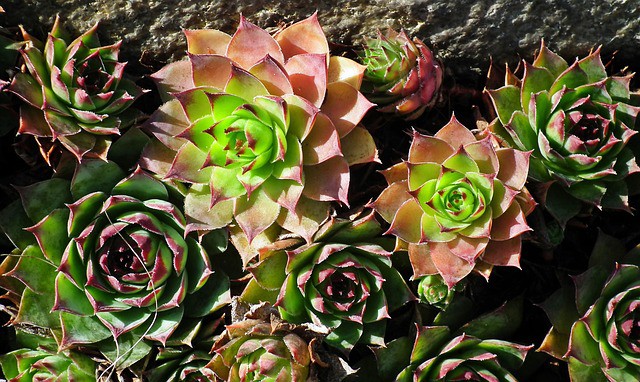
Sedum is a drought-tolerant succulent that thrives even in poor conditions, making it perfect for rock gardens, borders, or ground cover. Planting in May allows these plants to establish before the heat arrives. They prefer full sun and well-drained soil; space plants about 12 inches apart for best results. Their unique textures and colorful leaves can create stunning arrangements in any garden setting.
Ornamental Grasses
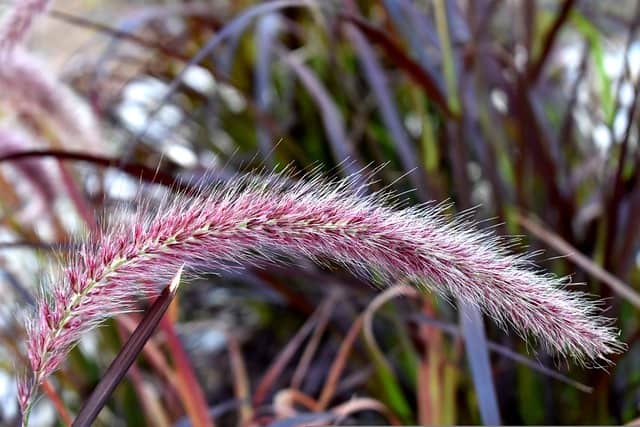
Ornamental grasses, such as Blue Fescue and Maiden Grass, add movement and texture to landscapes. Plant them in well-drained soil with plenty of sunlight; spacing is essential for allowing airflow. Many ornamental grasses can tolerate drought once established, offering low-maintenance options for busy gardeners. Their graceful forms bring visual interest and provide shelter for wildlife.
Hydrangeas
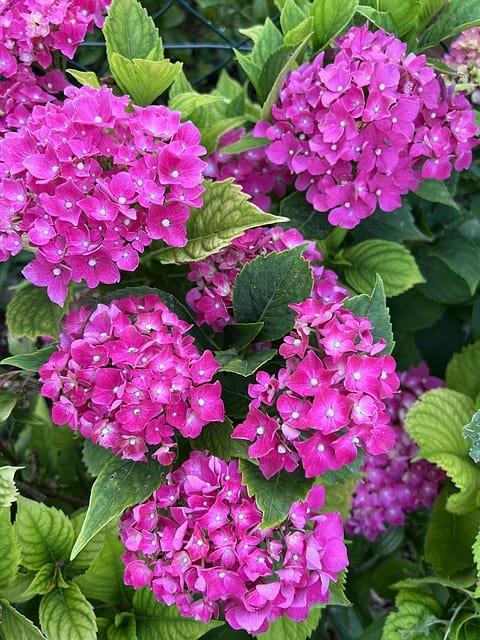
Hydrangeas are prized for their large, stunning flower clusters that can adapt to various soil types but thrive in fertile, well-drained ground. Planting in May allows for robust root establishment before summer. Ensure they receive part sun to shade and regular watering to support their continued bloom. Their diverse range of colors provides a captivating backdrop and charm throughout the growing season.
Coral Bells
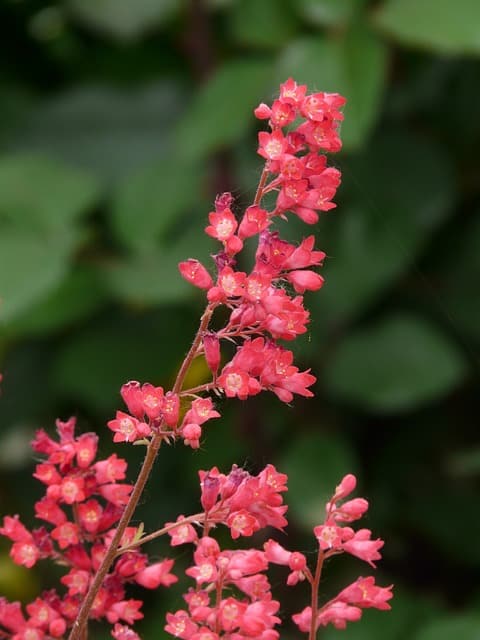
Coral bells are a perennial favorite for shaded gardens, providing a splash of color with their foliage and delicate flowers. Planting them in May allows these plants to settle in for robust growth before summer. They enjoy well-drained soils and some compost to provide nutrients; spacing plants about 12 inches apart ensures adequate airflow and growth. Coral bells attract pollinators, making them a lovely sight in any garden.
Perennial Sunflower
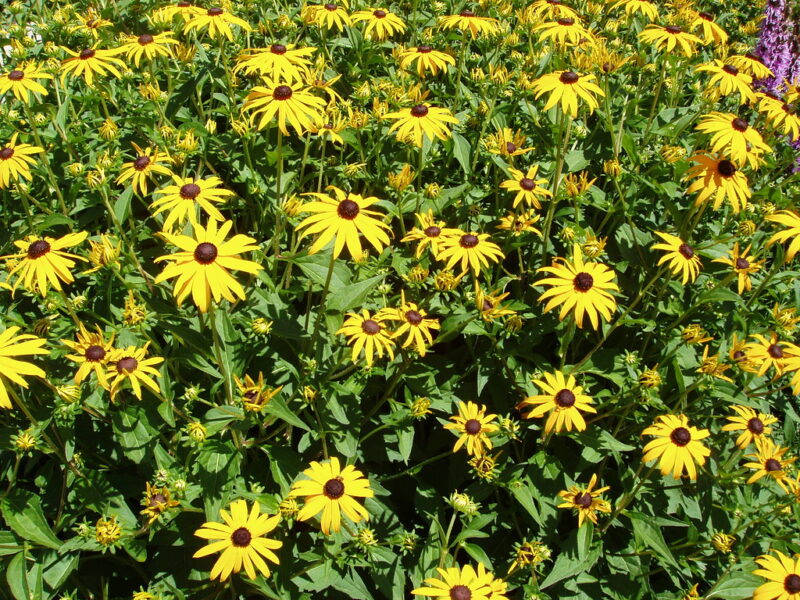
Perennial sunflowers bring warmth and character to garden landscapes. Planting in May provides sufficient time for growth and stunning blooms that peak in late summer. These robust plants thrive in sun or partial shade and require minimal care once established. Space them accordingly to encourage healthy airflow. Their substantial blooms attract bees and provide food for pollinators throughout the seasons.
Barberries
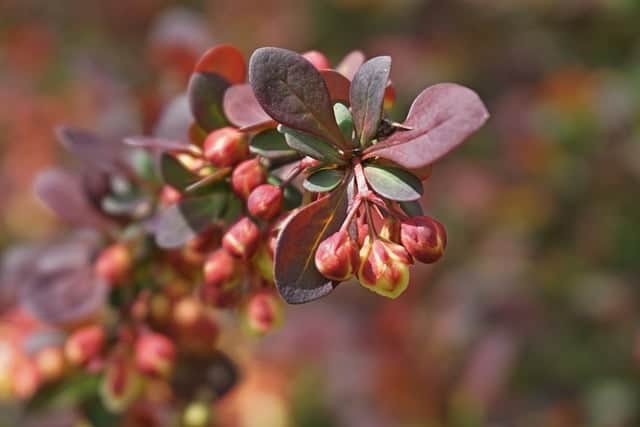
Japanese barberries are vibrant landscape plants that add seasonal interest with their colorful foliage. They thrive in well-drained soils, enjoying full sun. Planting them in May allows them to establish before the heat; space them adequately for airflow. Trim regularly to maintain access and shape, and they will provide continuous visual appeal through vibrant spring colors to striking fall hues.
Astilbe

Astilbe is a stunning addition to shaded gardens, known for its feathery spikes of colorful blooms that add visual texture. When planted in May, they require moist, rich soil; regular watering is essential for vibrant growth. Space the plants correctly to prevent crowding and allow for natural airflow, promoting healthy blooms and long-lasting beauty in your shady garden spaces.
Sweet Potato Vine
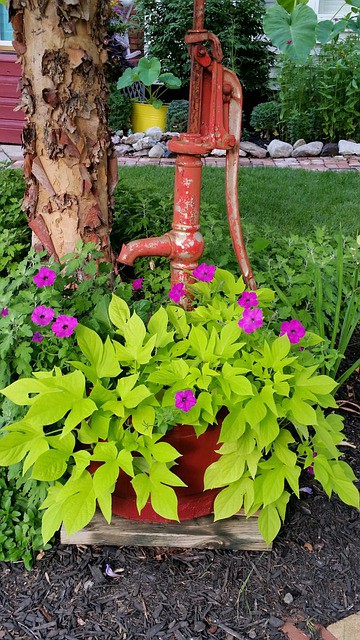
Sweet potato vines are wonderfully adaptable plants, recognized for their vibrant leaves. Planting in May allows for strong establishment before summer warmth arrives. Ensure they are planted in full sun conditions; they work well in containers or garden borders, producing stunning cascades over time. This fast-growing vine adds delightful foliage and can elevate sunny spots in any garden layout.
FAQ
What temperature should I consider when planting in May for Zone 5?
In Zone 5, daytime temperatures typically range from the mid-60s to low-70s during May, while nighttime temperatures may linger in the mid-40s to low-50s. Most plants can be safely sown once the risk of frost has passed, usually by mid-May, with careful attention towards temperature adjustments.
Can I plant warm-weather crops in May in Zone 5?
Yes, certain warm-weather crops, like tomatoes and peppers, can be planted in late May once temperatures rise and the danger of frost has completely subsided. Ensure soil temperatures are adequately above 65°F for optimal growth.
What if it gets cold after I plant?
Cover young plants and seeds with protective layers such as row covers or cloches to shield them from unexpected cold snaps, allowing for gradual exposure to fluctuations in temperature which could stress new plantings or germinations, helping them establish successfully.
How deep should I plant seeds or bulbs?
Planting depth can vary depending on the species. Typically, seeds are sown at a depth of two to three times their diameter, while bulbs should be planted about twice their height deep in the soil to foster healthy growth.
How can I prepare my garden soil before planting?
Preparing your garden soil includes adding organic matter such as compost to enhance aeration and nutrient retention. Moreover, be sure to clear out weeds, rocks, and debris from the planting area to improve overall soil quality, creating an inviting space for new plantings.





